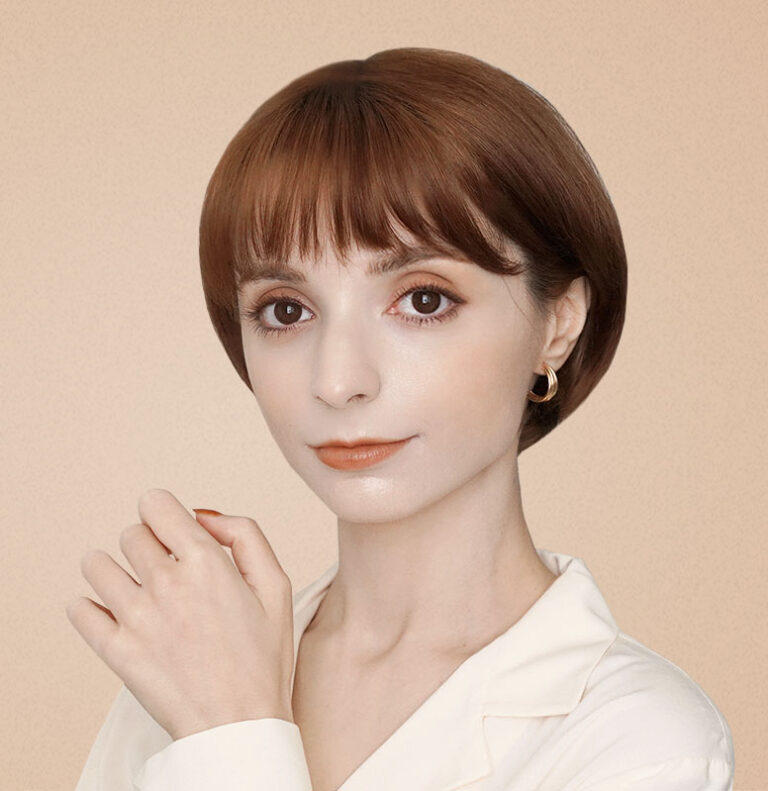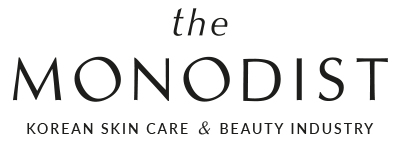
About
My name is Odile Monod and I’m an art director with an extensive background working for internationally renowned beauty conglomerates across Europe and Asia.
My love for Korean beauty started over a decade ago. At the time there was little information on K-beauty available for English audiences and this inspired me to take up Korean as a second language so I could have a better understanding of the industry, the practices and the culture behind Korean beauty.
I’m based in South Korea and my long standing passion for Korean beauty led me to create The Monodist, a project where I share my expertise and professional knowledge of the Korean Beauty industry with people that want to learn how to navigate the complex world of K-Beauty.
Why The Monodist
At The Monodist, our mission is to provide reliable and in-depth information on the Korean Beauty industry. Having personally experienced the struggle of finding trustworthy information, I felt compelled to create a platform that offers professional insights into the Korean Beauty industry.
I’m an art director with an extensive background working for internationally renowned beauty conglomerates across Europe and Asia. In my daily role, I am responsible for curating the brand image of a beauty company across various channels such as digital platforms, social media, TV ads, and events. My specialisation lies in helping foreign companies create localised content for the Asian Pacific market, with a strong focus on China and South Korea.
As part of my job, I receive regular training on marketing trends, regulations, technologies, R&D and more. By leveraging this extensive knowledge and professional expertise, I am able to provide in-depth insights on the Korean beauty industry to my audience.
Rather than simply providing generic product reviews, I aim to delve into the history, innovations, technology, and trends that have shaped the Korean Beauty industry. I firmly believe in the potential of this industry and want to encourage foreign audiences to view Korean Beauty through a different lens. That’s why I am committed to shedding light on its innovative power and groundbreaking products, beyond lengthy routines or passing fads.
Contact mrs.odile.monod@gmail.com for inquiries about this website or my professional profile.
Partnerships:
This website collaborated with:
- Korean MCST (Ministry of Culture, Sports and Tourism)
- Korean MSS (Ministry of SMEs and Startups)
- CJ Group
- Olive Young Global
- Donginbi
- Amorepacific
- LG H&H
- KBS (Korean Broadcasting System)
- Cosmetics Design Asia
- etc
Contact mrs.odile.monod@gmail.com for inquiries.
Affiliate Links
This website uses a combination of affiliate and non-affiliate links. If you make a purchase through one of my affiliate links, I will earn a small commission. The commission is paid by third party companies and does not affect the price you pay for the item. Commissions help fund the hosting fees and the content production of The Monodist.
Sponsored Content
This website accepts sponsorships but I have very strict standards for sponsored content and only accept collaborations that align with the mission of The Monodist. I am committed to providing authentic and valuable content, so I do not participate in generic paid product placement. Transparency is a priority for me and any sponsored content is clearly indicated as such.
If you’re interested in working together, get in touch at mrs.odile.monod@gmail.com
